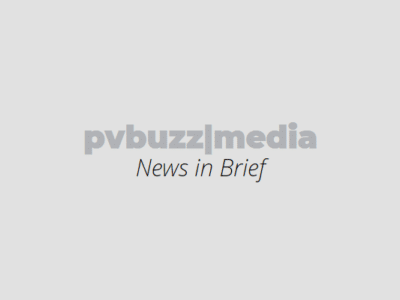- Over the last 5 years, the number of schools with solar increased by 81 percent.
- 79 percent of the solar installed on schools was financed by a third party.
- The top five states for solar on schools—California, New Jersey, Arizona, Massachusetts, and Indiana.
Virginia — As school districts struggle to adapt to a nationwide budget crisis brought on by the COVID-19 outbreak, many K-12 schools are shoring up budgets with a switch to solar power, often with minimal to no upfront capital costs. Since 2014, K-12 schools saw a 139 percent increase in the amount of solar installed, according to a new report from clean energy nonprofit Generation180, in partnership with The Solar Foundation and the Solar Energy Industries Association (SEIA).
The report finds that 7,332 schools nationwide utilize solar power, making up 5.5 percent of all K-12 public and private schools in the United States. Over the last 5 years, the number of schools with solar increased by 81 percent, and now 5.3 million students attend a school with solar. The top five states for solar on schools—California, New Jersey, Arizona, Massachusetts, and Indiana—helped drive this growth.
“Solar is absolutely attainable for all schools—regardless of how sunny or wealthy it is where you live. Too few schools realize that solar is something they can take advantage of to save money and benefit students today,” said Wendy Philleo, executive director of Generation180.
Report authors note that school districts can save significantly on energy costs over time. For example, Tucson Unified School District in Arizona expects to save $43 million over 20 years, and in Arkansas, the Batesville School District used energy savings to give teachers up to $9,000 per year in raises.
According to the report, 79 percent of the solar installed on schools was financed by a third party—such as a solar developer—who funds, builds, owns, and maintains the system. This allows schools and districts, regardless of the size of their budget, to purchase solar energy and receive immediate energy cost savings. Power purchase agreements, or PPAs, are a popular third-party arrangement currently available in 28 states and the District of Columbia.
Schools are also capitalizing on solar projects to provide students with hands-on STEM learning opportunities. Schools with solar and battery storage can also serve as emergency shelters and provide backup power during grid outages, serving students and communities during natural disasters.















Comments